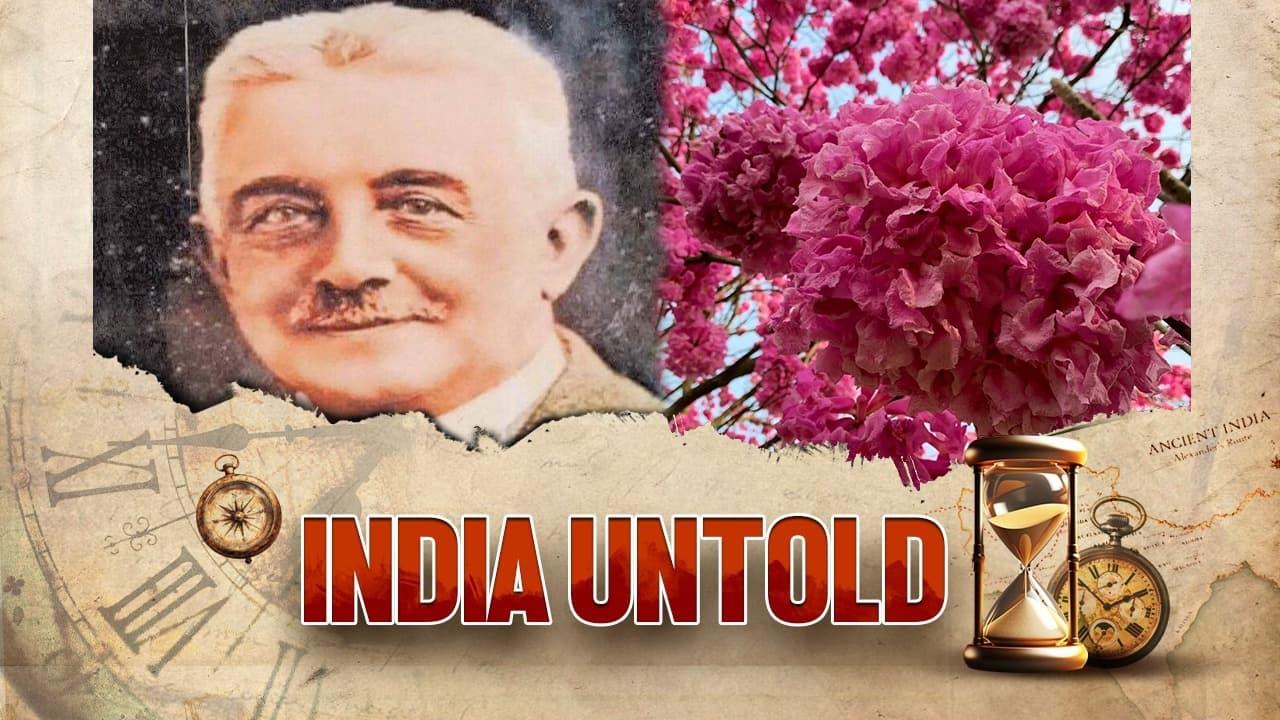India Untold: Meet The German Botanist Who Made Bengaluru The Garden Of India
Bengaluru, fondly celebrated as the Garden City of India, blossoms with flowers throughout the year-a feat made possible by the vision of its former rulers, dedicated officials, and notably, a German horticulturist. The story of Bengaluru's transformation into a floral haven traces back to 1760, when the legendary Hyder Ali commissioned Lal Bagh, drawing inspiration from Delhi's Mughal Gardens. Though Hyder Ali laid its foundation, it was Tipu Sultan who brought the garden to completion. The horticulture department proudly notes that Lal Bagh even houses a tree planted by Tipu himself, a living testament to history.
Following British conquest, the city's botanical development gained momentum under Gustav Hermann Krumbiegel, a German horticulturist whose artistry reshaped Bengaluru's identity. In 1908, impressed by his work in Baroda, the Maharaja of Mysore appointed Krumbiegel to redesign Lal Bagh.
In his book The City Beautiful, former Karnataka Chief Secretary TP Issar wrote,“Many of the lines and clusters of Cassias, Gulmohars, Tabebuias and Bougainvillea, which we see today, are enduring manifestations of Krumbiegel's dreams of a blossoming Bangalore.”
Between 1908 and 1932, Krumbiegel introduced exotic flora, including Tabebuias from tropical America, and pioneered 'serial planting' - a meticulous system ensuring Bengaluru would bloom year-round.
Author Shobha Narayan elaborates,“He planned the trees in such a way that Bombax Ceiba will bloom in January, Pongams in February, Pink Tabebuias and Purple Jacarandas in March, Cassia Javanica in April, Scarlet Gulmohar in May, Pink Bauhinias in June, Rain Tree in July, Colvillea Racemosa in August, Golden Cassia in September, Amherstia in October and November, and fragrant white Millingtonia in December.”
Krumbiegel's journey was not without trials. Twice imprisoned by the British Army and deported to Germany, he was twice rescued through the intervention of the Maharaja of Mysore. He continued to serve Bengaluru as a consulting architect and advisor in horticulture and town planning until his death in 1956, leaving behind a city that still flourishes in his vision.
Over the decades, the city administration has further enriched Bengaluru's green canopy, ensuring that its title as the Garden City endures.
(This article has been curated with the help of AI)
Legal Disclaimer:
MENAFN provides the
information “as is” without warranty of any kind. We do not accept
any responsibility or liability for the accuracy, content, images,
videos, licenses, completeness, legality, or reliability of the information
contained in this article. If you have any complaints or copyright
issues related to this article, kindly contact the provider above.
Most popular stories
Market Research

- Excellion Finance Scales Market-Neutral Defi Strategies With Fordefi's MPC Wallet
- BILLY 'The Mascot Of BASE' Is Now Trading Live On BASE Chain
- Pascal And Treehouse Partner On Proof Of Concept To Pioneer Smart Clearing For Decentralized Fixed Income Products
- XXKK Exchange Strengthens AML And KYC Systems To Elevate Compliance Standards
- Kucoin Partners With Golf Icon Adam Scott As Global Brand Ambassador
- TOKEN2049 Singapore Breaks Records: 25,000 Attendees At The World's Largest Web3 Event






















Comments
No comment